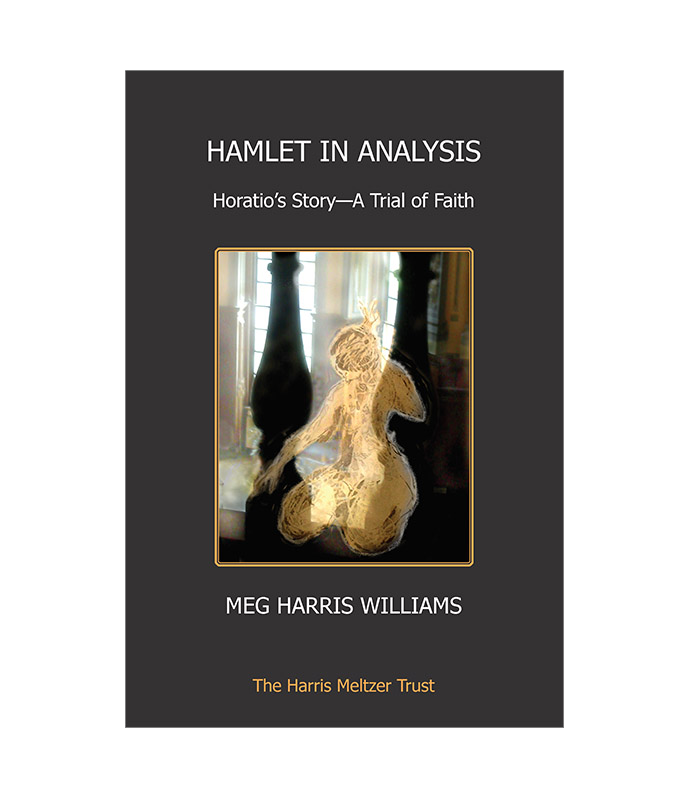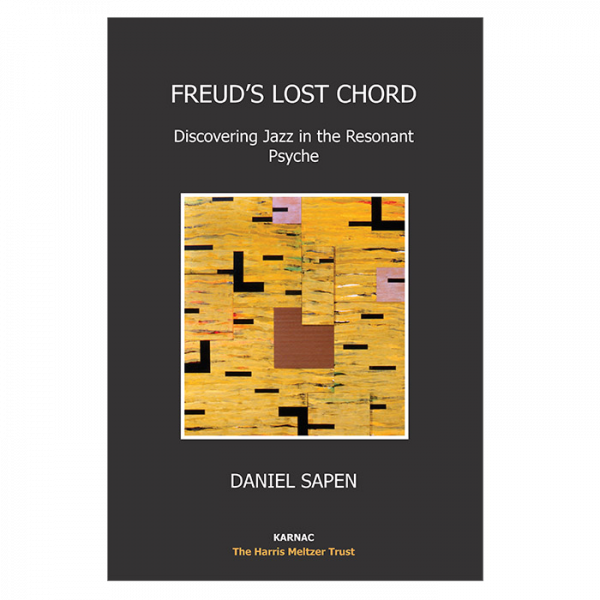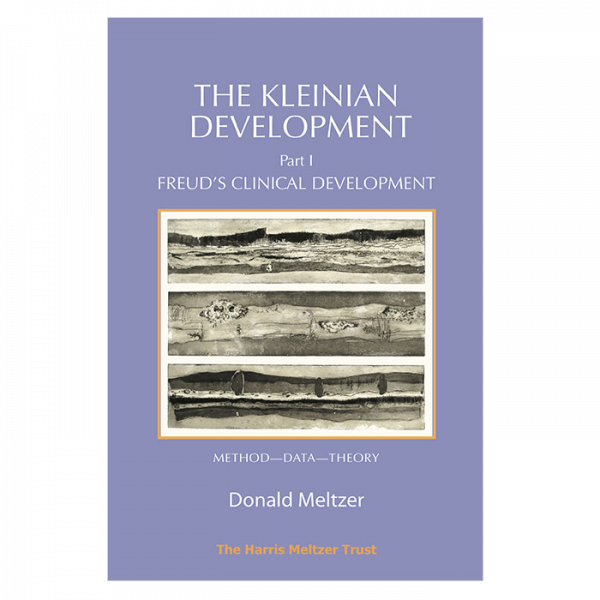This novel, originally entitled A Trial of Faith, is an exploration of Shakespeare’s Hamlet in the form of a novel tracing the course of a Kleinian analysis. It is an experiment in literary criticism as much as in fiction, and was written in collaboration with psychoanalyst Donald Meltzer, who supervised each weekly chapter as it was written, from an analyst’s perspective. The intention was to be faithful to the psychoanalytic process as well as to the aesthetic implications of Shakespeare’s play. The narrator and analyst is Horatio, whom Hamlet in the play asks to “tell his story” – the story of an adolescent breakdown. Hamlet as a character invites an unusually close form of identification: as Hazlitt put it, “It is we who are Hamlet.” Horatio’s countertransference as one who is supposed to “suffer all yet suffer nothing” places him in a vulnerable and testing situation that tempts him towards breaches of technique. The novel, like the play is structured around a series of dreams that Hamlet recounts to Horatio. Meanwhile the underlying preoccupation with playing-as-reality highlights some intriguing implications of Shakespeare’s own mid-career struggles as a dramatist: concerning the relation between genre, analysand–protagonist, and analyst–playwright.
The present revised edition of the novel includes a new introduction, some minor changes to the text, and the insertion of more quotations to mark the source of the emotional conflict. Such markers also illustrate the dreamlike and turbulent reading process of writing literary criticism, which entails not the deconstruction but (as was said of Ophelia) the “unshaping” of language in a way that “botches up words to fit the hearer’s own thoughts”. It is for readers to judge whether or not the current botching speaks to their own feelings stirred by Shakespeare’s play and helps to make sense of the reactions aroused in we who are Hamlet.





Neil Maizels, psychoanalytic psychotherapist, Melbourne, Australia –
‘This is no mere parody – it is a confession, a treatise, and a very, very clever tragi-farce, which is as funny as it is serious, and serious as it is funny. There is a living, breathing countertransference exploration throughout this fictitious analysis of an all-too-recognizable late-twentieth century young adult, Hamlet Dane, and his alter-ego analyst Dr Horacio. Hamlet in Analysis explores, amongst other things, the cracks and gaps between analytic theory and practice through the candid, private thoughts of our analyst-narrator, whose constantly self-limited “philosophy” is pierced, rankled, ruptured, and herniated by his young patient, provoking an ongoing challenge to his own sanity. But it contains “the best actors in the world, either for tragedy, comedy, history, pastoral, pastoral-comical, historical-pastoral, tragical-historical, tragical-comical-historical-pastoral, scene individable, or poem unlimited”.’
Michael Eigen, PhD, author of ‘Contact with the Depths’ and ‘The Birth of Experience’ –
‘“Bravo! Bravo!” I felt like saying after finishing this wonderful performance, an amazing tour de force in which we are led through a modern-day Hamlet’s psychoanalysis (Kleinian via Meltzer with Bion part of the brew) with Horatio as the psychoanalyst. What is at stake is further birth and growth of psychoanalysis, creativity, and personality, marked by necessary failure, which, at times, fuels glimpses of more possibilities. Meg Harris Williams draws on rich cultural associations as she shines her light on aesthetic dimensions of psychoanalysis and psychoanalytic dimensions in the heart of art. A book that not only crosses disciplines but also alchemically mixes them and brings us closer to our own experience.’